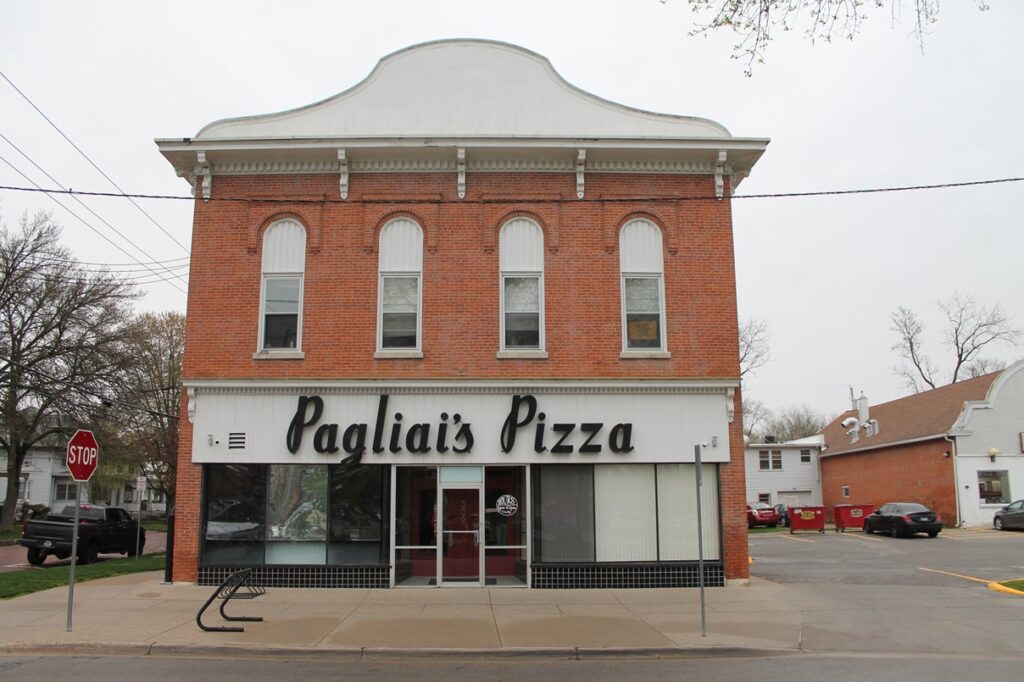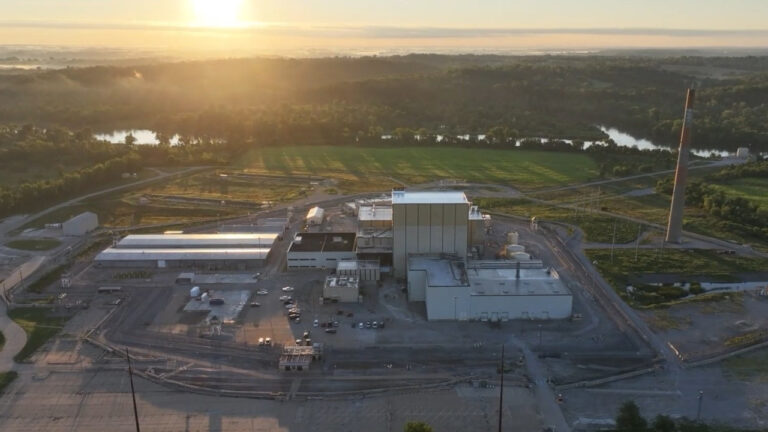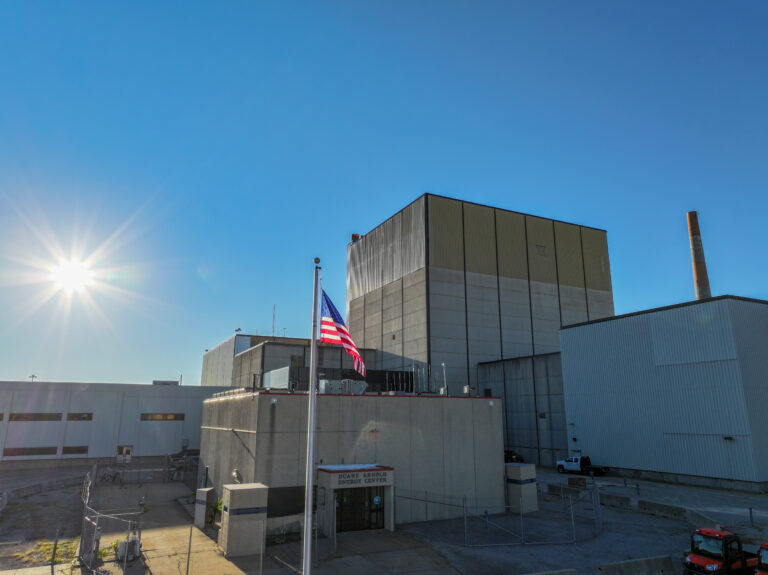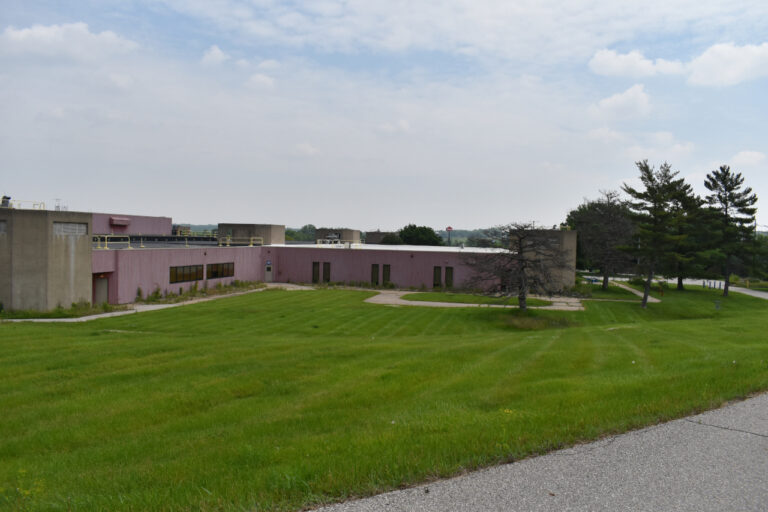Iowa City’s Pagliai’s Pizza building designated as historic landmark

302-316 E. Bloomington St., an iconic Iowa City building with Czech roots, was designated a historic landmark at the city council's May 21 meeting. CREDIT ANNIE SMITH BARKALOW
An iconic Iowa City building with ties to Czech immigrants was recently designated a historic landmark by the Iowa City Council at its May 21 meeting.
The Slezak-Holub-Skarda building at 302 E. Bloomington St., known colloquially as the Pagliai’s Pizza building, has been the subject of a months-long debate pivoting historic preservation against owners’ rights.
Owner Gary Skarda listed the building for sale in October for $5…

Want to Read More?
Get immediate, unlimited access to all subscriber content and much more.
Learn more in our subscriber FAQ.
Do you want to read and share this article without a paywall?








